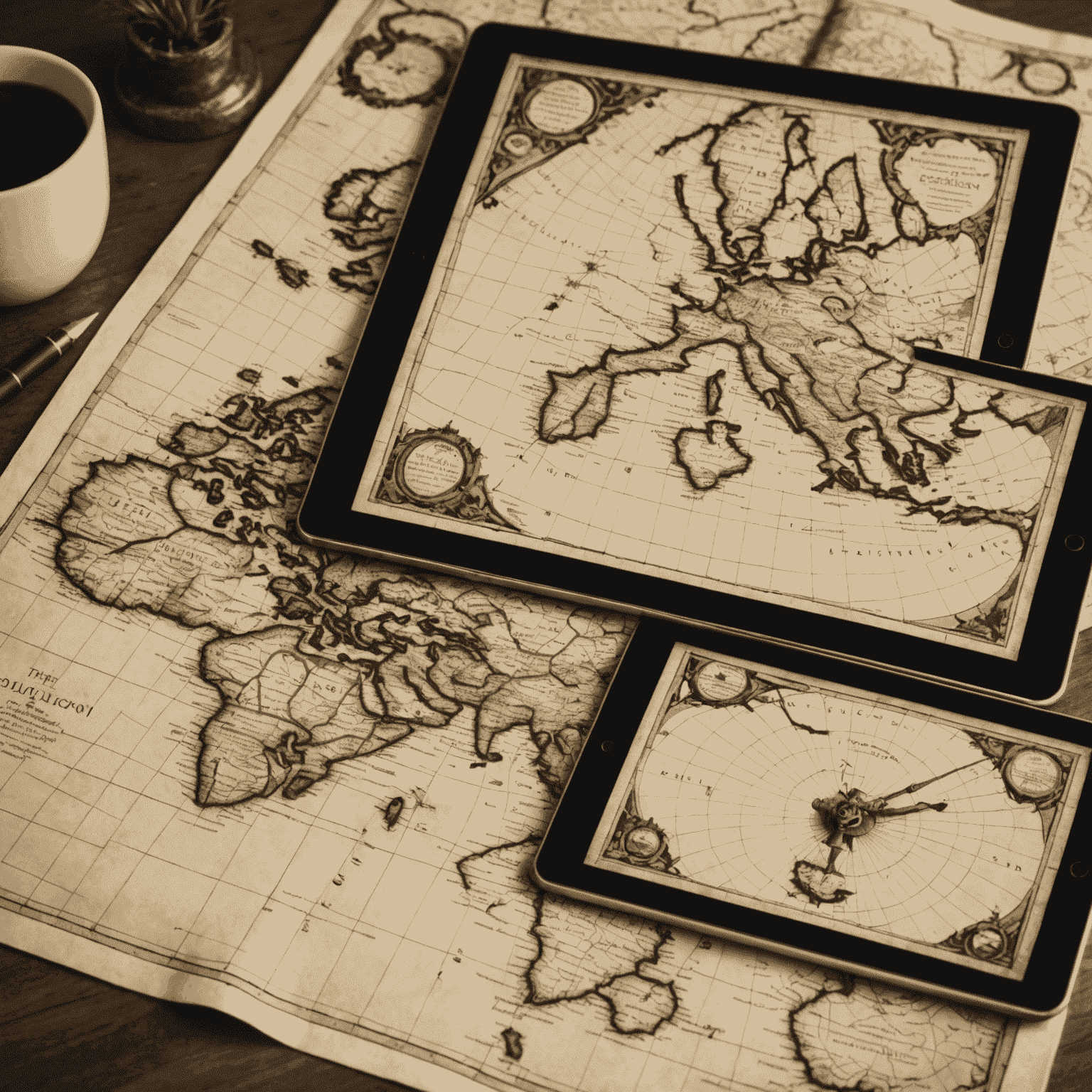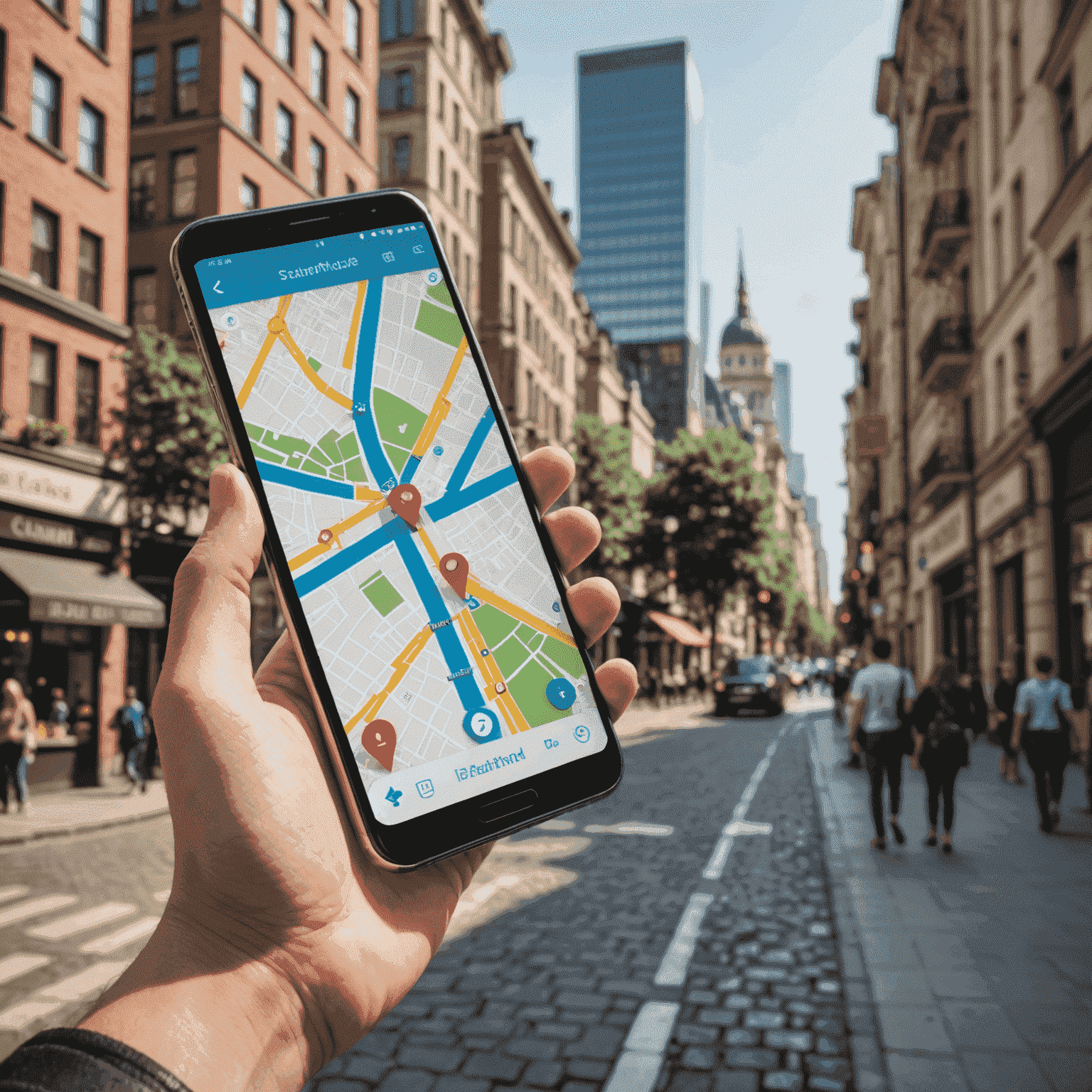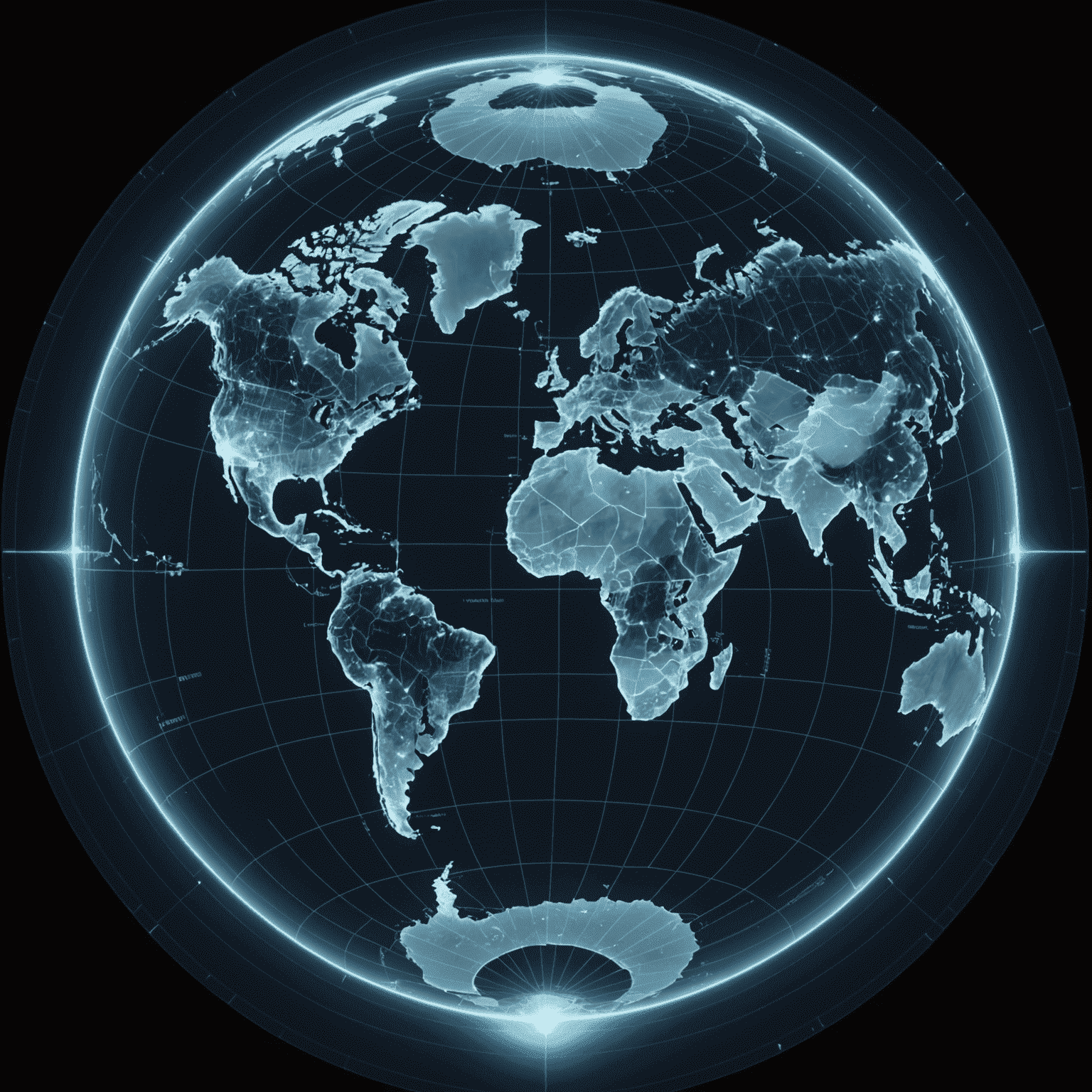Digital Mapping Revolution: Transforming Modern Cartography

The art and science of mapmaking have undergone a profound transformation in the digital age, revolutionizing how we interact with and understand our world. This digital mapping revolution is not just changing cartography; it's reshaping our entire relationship with geographical information.
The Dawn of Digital Cartography
The transition from paper to pixels marks a significant milestone in the history of cartography. Digital mapping technologies have expanded the possibilities of what a map can be and do, far beyond the limitations of their physical predecessors.
"Digital maps are not just representations of the world; they are interactive gateways to understanding our place within it."
Key Innovations in Digital Mapping
- GPS Integration: Precise location services have become ubiquitous, powering navigation systems and location-based applications.
- Real-time Updates: Maps can now reflect changes in the physical world almost instantaneously, from traffic conditions to natural disasters.
- 3D Mapping: Advanced rendering techniques allow for immersive, three-dimensional representations of landscapes and urban environments.
- Crowdsourcing: User contributions have democratized mapmaking, allowing for rapid updates and hyper-local information.

Changing User Interactions
The way we interact with maps has fundamentally changed. No longer passive observers, users now engage with dynamic, interactive interfaces that respond to touch, voice, and even augmented reality.
Impact on Various Sectors
Urban Planning
Digital maps provide urban planners with powerful tools for analyzing city layouts, traffic patterns, and population distribution, leading to more informed decision-making in urban development.
Environmental Conservation
Conservationists use digital mapping to track wildlife movements, monitor deforestation, and plan conservation efforts with unprecedented precision and scope.
The Future of Digital Mapping
As we look to the future, the potential of digital mapping continues to expand. Emerging technologies like artificial intelligence and the Internet of Things promise to make our maps even smarter and more responsive to our needs.

The digital mapping revolution is not just about technology; it's about changing how we perceive and interact with the world around us. As we continue to push the boundaries of what's possible in cartography, we're not just mapping the world – we're reshaping our understanding of it.
Did you know? The first digital maps were created in the 1960s for military purposes. Today, digital mapping is a multi-billion dollar industry that touches nearly every aspect of our lives.